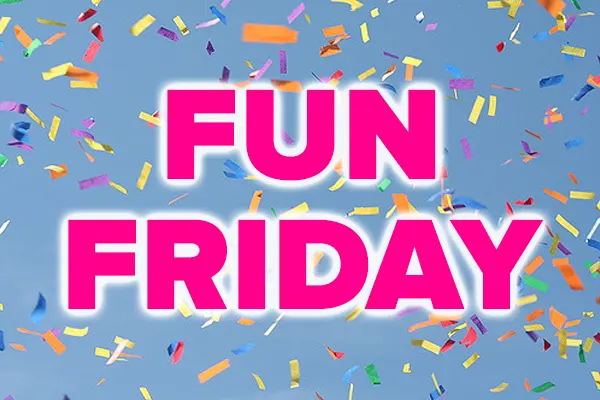Who doesn’t love a good movie? Whether it’s on a big screen or the screen at home or in your palm, it transports you to a place you’ve never been. Having watched a lot of bad movies this summer, I’m reminded of how hard it is to make a good one. It takes good writing, directing, and acting to be sure. But, there’s another aspect to good filmmaking: production design. Whether the film takes place in “reality” or some sort of science-fiction, it’s important to create a world which seems real to the audience. The irony is that the actual real world doesn’t work well on film. Production designers do the hard work of creating sets that translate well on film and look authentic.
Along the way, a production designer will need all sorts of little bits, stuff that they don’t personally touch. A character may need a driver’s license. They might eat cereal out of a box, or read a newspaper. All these things need to be created from scratch. They have to look “right,” yet they can’t actually be “right.” It’s obviously illegal to fake a driver’s license or print fake money. Still, there are wizards who specialize in getting as close as possible.
Earl Hays Press
The Earl Hays Press in Southern California is one of those wizard places. For over 100 years this humble print shop has turned out thousands of prop printed pieces that have become part of film history. From the newspapers in Casablanca to the bearer bonds in Die Hard, these little bits of paper have become nearly as famous as the films they are a part of. Adam Savage, formerly of Mythbusters, took a geekgasm-inducing tour of the shop’s archives recently. This is what he saw:
Earl Hays is still a working print shop, and you can buy something new from them here if you want. They won’t sell you memorabilia, although I think they could probably do a good business selling reproduction props made from original negatives and plates if they wanted to. They still cater largely to the film industry, as does their competitor ISS Props. ISS Props is the go-to for fake food like “Let’s Potato Chips” which have appeared in dozens of TV shows and movies. But that’s a subject for another article.
Remember kids, this was before computers and laser printers
Most of Earl Hays’ history took place before computers came in and made this sort of thing easy. Back then, you had to typeset whole pages by hand. If you wanted something printed in color, you had to reproduce it manually through one of many extremely expensive processes. Few print shops had the equipment and know-how to make very convincing things in such small quantities. Few were even willing to try. It was unrewarding work, often taking days to create something which would be seen — only in part — for a second or two on film.
Using traditional printing methods, it generally takes a run of 500 or more items to produce one that looks good. That makes this all incredibly expensive, at least it was back then. It meant you wanted to keep those “makereadies” and all the other materials you needed in case they needed a few more newspapers or box labels. Luckily that’s meant that some of these items have survived to the present day.
My own recollections
Savage mentions that Earl Hays more or less had a monopoly on this sort of work until the 2000s. I’d say it was more like 1995. Back then I was a lowly graphic artist doing unrecognized work. I started doing one-offs for the movie industry, mostly promotional posters, but occasionally I did prop work as well. I didn’t do a lot of it because the place I worked didn’t have that whole process down the way Earl Hays did. But we were further away from Hollywood and that meant sometimes we were cheaper.
Producing something that looked like a newspaper took about $100 in materials and about 4 hours of my time. Producing something in color, regardless of time, took about $400 in materials and about an hour of someone else’s time to assemble it color by color. Keep in mind these are 1990s dollars, back when you could rent a decent apartment for $400 a month.
It was at that time that I started seeing the kind of little mistakes in new films and TV shows that I hadn’t seen before. At first I wondered if it was just my sharpening eye, but looking at older films those mistakes weren’t there. I’m talking about signage in old movies using fonts that didn’t exist at the time, for example. Obviously unintentional typos, misspellings that didn’t protect anyone’s copyright. They were just the result of someone typing too fast. Looking back, the likely reason is that companies like the one I worked for were infringing on Earl Hays, but not doing it as well.
Cut to today
As I said, Earl Hays and ISS Props are still out there doing good business the old fashioned way. But new filmmakers don’t need storied companies like that. With a cheap inkjet printer and a 3D printer, you can make practically any prop you want. They’ll be pretty darn convincing for the moment or two they appear on screen. A few production designers, like the legendary Denise and Mike Okuda, have made the jump from old-school to new-school and are still turning out great work as well. But sadly the days of craftsmanship that Earl Hays represent are probably gone forever. Good thing we have old print samples to remind us of them.


